When you put on the VR head display, you will encounter turbulence in flight; Watching a big hairy spider climb into the bathroom; Standing on the edge of the cliff, overlooking the abyss in front of me. Virtual reality exposure therapy (VRET) is to use VR technology to simulate this specific scene, so as to stimulate the emotional reaction of patients, so as to alleviate and treat the above phobia.
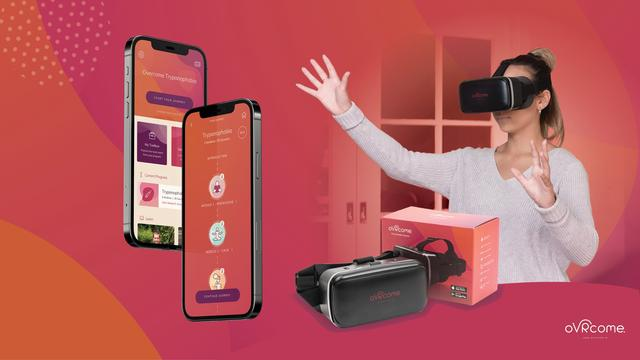
Researchers in New Zealand have released an application called “ovrcome”. This app is designed for personal use and is suitable for common phobias, such as fear of flying, fear of heights, fear of needles, fear of dogs and fear of spiders. The developer developed this app based on the results of a study by the University of Otago in New Zealand, which confirmed that VR therapy can help people overcome specific phobias.
Improve tolerance
Reduce fear symptoms by about 75%
The experiment was led by associate professor Cameron Lacey. During the three-month experiment, researchers searched 129 subjects. These subjects need to take VR head display and live in five different virtual scenes. Each scene can see an image related to the source of the object it is afraid of. The initial purpose of simulating these stress scenarios with VR is to make participants feel uncomfortable including fear and anxiety.
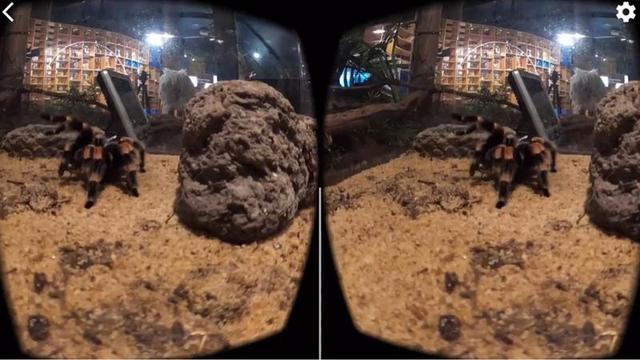
Subsequently, the researchers put forward the hypothesis: when people are faced with stimuli many times, will their fear decrease? At the end of the sixth week, the researchers asked the subjects to rate the severity of their specific phobia, ranging from 0 to 40. Even participants who entered a score of 26 to 40 at the beginning of the experiment gave a final score of not more than 7 at the end of the experiment.
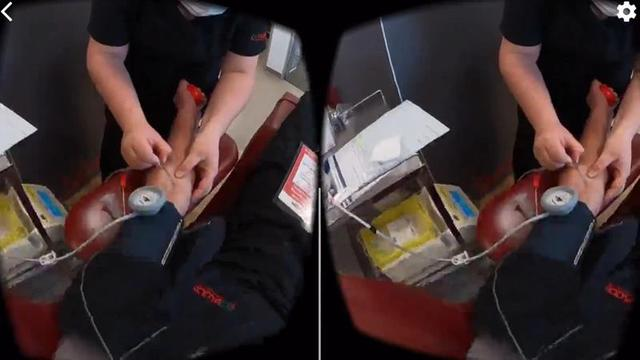
Adam Hutchinson, the founder of ovrcome, explained that “in order for the treatment to work, your brain must know that it is in fear, and over time, you will become less sensitive”. Our contact with objects or situations that cause fear is often in the form of images and videos. The brain knows that this is not true. Through VR, we can reproduce the origin of the patient’s disease and “cheat” the brain to make it think that it is in this environment, that is to say, the brain “rationalizes” the fear.
Some participants also shared the specific changes that had taken place during the weeks of the trial: one participant had the courage to book a flight; Another participant was able to move the spider out of the room independently; Another participant overcame his fear of needles and even got vaccinated.
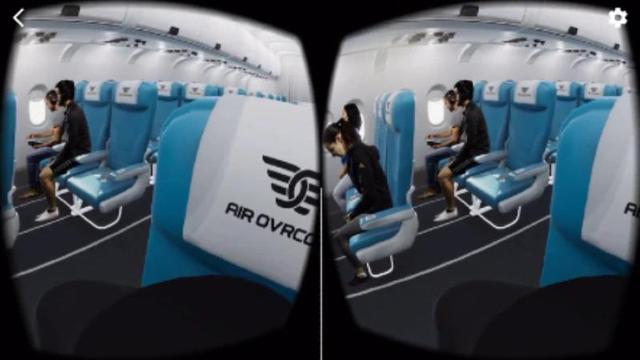
Therefore, the researchers concluded that participants’ fear symptoms decreased by nearly 75% after six weeks. The technology used in the research has been transferred to the entrepreneur Hutchinson, who continues to use it in the name of ovrcome. In fact, VR therapy is not a new invention. It was first born in the 1990s. However, it is still an academic research discipline. As far as ovrcome is concerned, it can not only replace traditional exposure therapy, but also serve as data support.
Improve user acceptance
Narrowing the medical gap
At present, ovrcome can provide treatment for 11 kinds of special phobias at a price of about $60. This includes a 6-week advanced visit to conduct all the above VR simulation tests, and a VR head display used with the application. Users can insert their smartphones into the head display and see the selected tests on the screen, similar to Samsung gearvr.
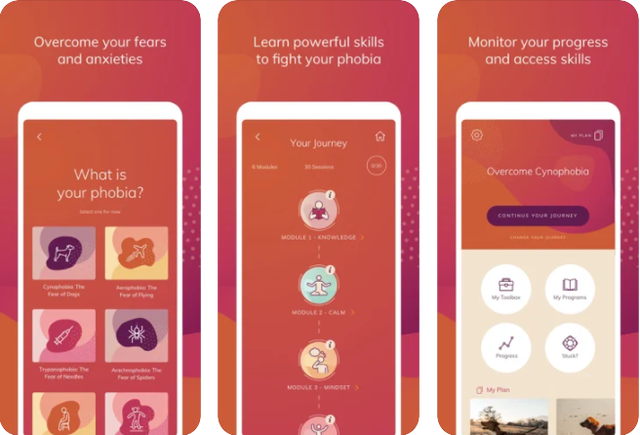
One of the great advantages of this treatment method is that it can be carried out in one’s own home with a low threshold. Many people with anxiety disorder often cannot try to overcome their inner fear with a positive attitude. And ovrcome allows them to “expose” themselves to fear at the most comfortable time.
Still others often associate treatment with high costs. It is a shame for them to seek treatment. It is estimated that up to 80% of patients have not sought professional help. Hutchinson said that he is planning a second clinical trial with researchers from the University of Otago to determine whether VRET technology is applicable to other types of psychological disorders, such as social anxiety, depression, drug abuse, eating disorder, panic disorder and fear of failure.
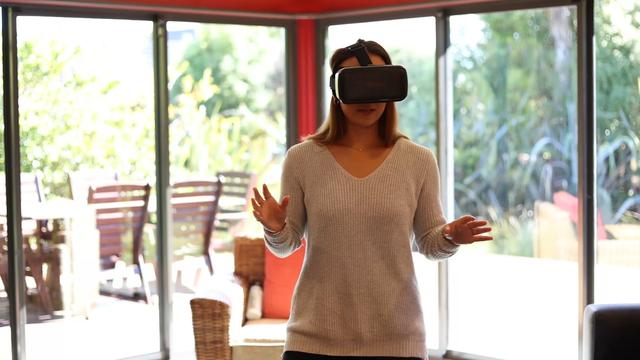
Can VR be applied to clinical treatment on a large scale?
Although VR therapy has shown positive results, it is still not feasible to implement it on a large scale in the field of clinical treatment or in the formal environment such as hospitals. On the one hand, VR therapy has high requirements for spatial arrangement; On the other hand, the specific implementation of this technology is quite time-consuming, which requires not only professional staff training in the early stage, but also careful review to ensure normal operation.
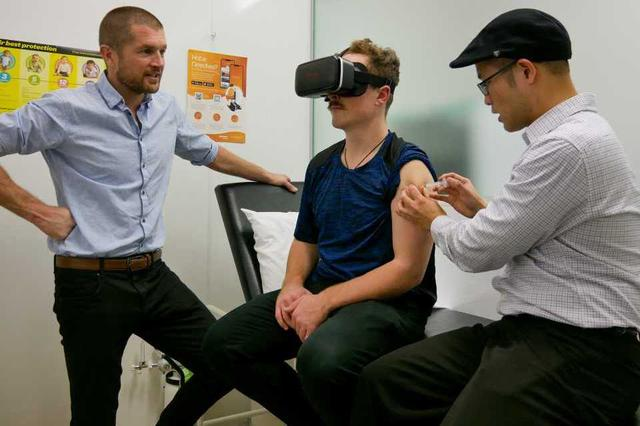
In addition, cost is also a factor to be considered. So far, this form of treatment is usually only applicable to single phobia using high-end equipment. Therefore, it is often used for academic research and cannot be widely developed as a technology for behavioral therapy.
However, a study by the Norwegian University of science and Technology (NTNU) showed that therapists who tried VRET technology in person were more likely to accept it. At the same time, the researchers concluded that the skepticism of therapists was the main obstacle to the spread of VRET treatment.
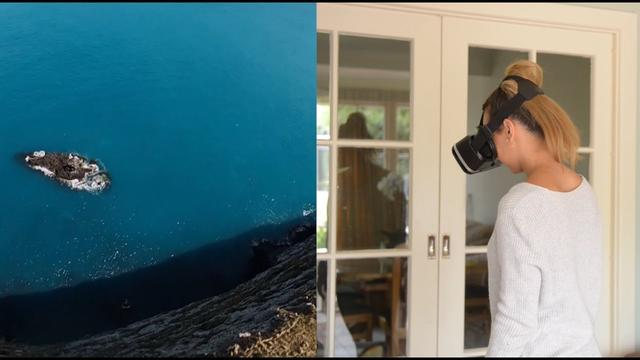
Although VRET still faces some obstacles before it changes from a pure research topic to a widely accepted treatment method, some psychotherapists have integrated it into the treatment for a period of time. One of them is Felix Eschenburg, a German psychologist, who applied VR to patients with fear of heights, spiders or wasps. In the latter case, through the joint stimulation of vision and hearing, the patient will be given a realistic feeling that the wasp flies around behind him.
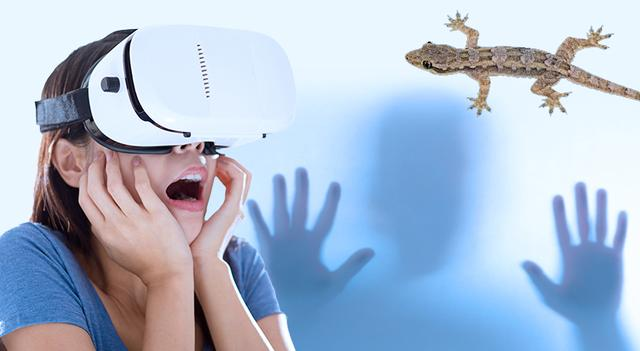
Thanks to applications such as ovrcome, the application scope of VRET has begun to change. It has entered ordinary people’s homes from the exclusive topic of the Research Institute. Now users can self treat specific phobias without going out. Of course, application based treatment is only a low threshold option. In order to pursue higher quality, the technology of ovrcome needs to be extended to other scenarios, such as public speaking, highway driving, or fear of rodents.
Finally, it should be noted that VR therapy, including VRET, can not completely replace traditional treatment methods, and it still needs to be tailored according to the individual and particularity of patients.





